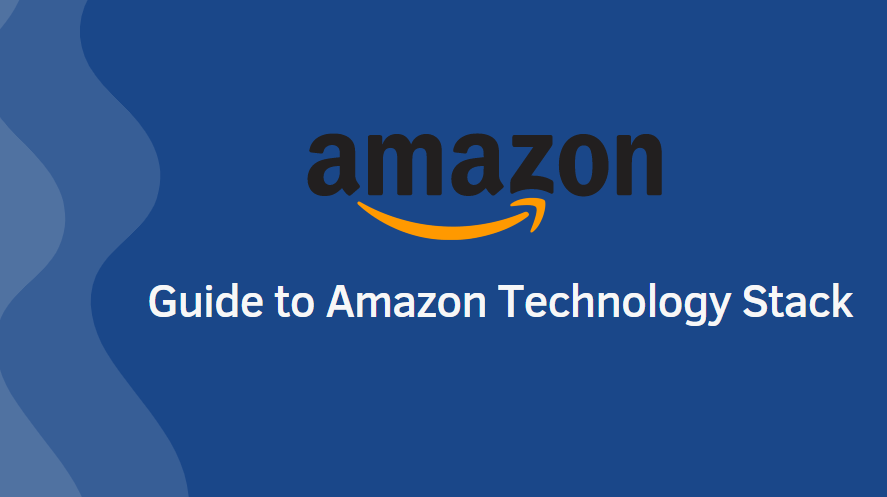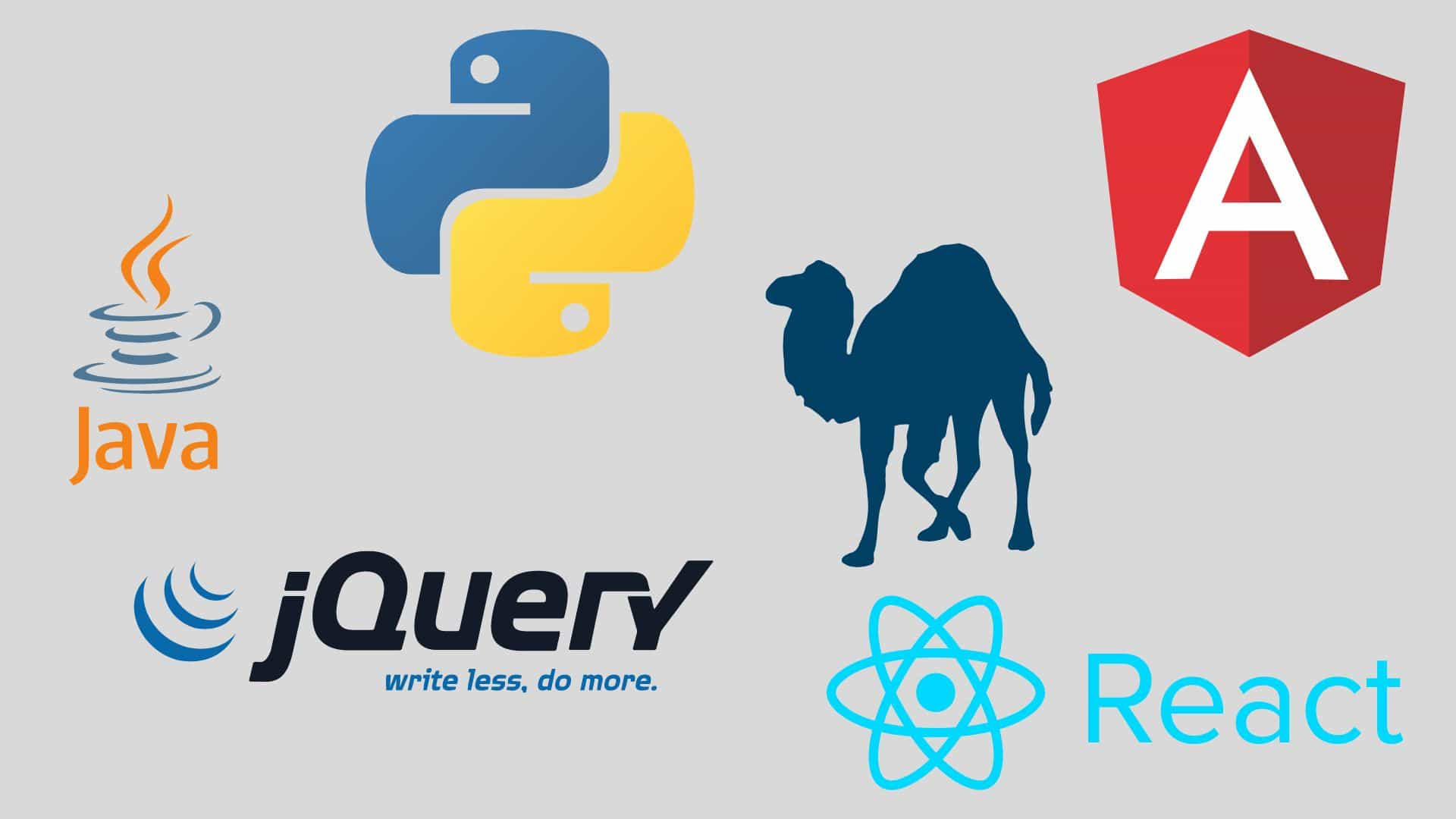Mobile Mastery: Transforming Work Habits with 8 iOS Productivity Techniques

Amazon is a multinational technology company based in the United States that specializes in eCommerce, cloud computing, and artificial intelligence (AI). Amazon was founded in 1994 and initially sold books online before expanding to other products and cloud computing services.
It is one of the world's top five companies, along with Google, Apple, Meta (Facebook), and Microsoft. Nowadays it is the world's largest eCommerce store as well as the world's largest cloud computing platform provider.
Programming languages, web servers, CDNs, web servers, analytics tools, business tools, DevOps tools, big data tools, and so on are all part of the technology stack. This large-tech gaint employs a variety of technology stacks; let us look at some of the most popular tech stacks employed by Amazon.
It is said that Amazon allows its developers to choose their programming language, as do all large corporations. According to Amazon's career as a Software development engineer, you must be proficient in at least one modern programming language such as Java (preferred), Objective C, or C++.
Amazon's preferred programming language is Java.Java is a cross-platform, platform-independent, object-oriented, and highly secure programming language used to create web applications. It is also widely used in game development, cloud computing, big data, artificial intelligence, numerical computing, robotics, and the Internet of Things (IOT).Java is a very fast server-side programming language. There are numerous active community support and learning resources that will undoubtedly solve your programming challenges.
Amazon now has its own free Amazon OpenJDK Standard Java distribution, which features long-term support and is regarded as the best alternative to Oracle's own JDK. Corretto is the name given to Amazon's Java version. It is a production-ready distribution that Amazon supports and maintains. It is backward compatible with Java SE.
C++ is a general-purpose programming language that is primarily used by businesses because it efficiently utilizes computer resources and provides programmers with control over costly operations such as memory management.
C++ has been found to be effective in system programming, embedded systems, resource-constrained software, and other areas.
Python is a multipurpose programming language that is primarily used by businesses to automate tasks as well as to conduct data analysis and visualization.
Perl is a popular open-source general-purpose and stable interpreted programming language due to its text manipulation capabilities and quick development cycle.
When inspecting the amazon.com website, we found that the site is using Jquery and Amazon has its own version of UI called AmazonUIjQuery.
According to stackshare, amazon also uses react and angular. Angular is a powerful framework built by Google and React is built by Facebook.
According to Wikipedia, DynamoDB, RDS/Aurora, Redshift is the database used by Amazon.com.
Amazon is also the largest PaaS supplier, offering the following technology and tools as a platform service.
Under Amazon Web Service it includes the following tools.
Amazon Simple Storage Service (Amazon S3) is a scalable, high-speed, web-based cloud storage service. Amazon Web Services provides storage via a web service interface or console. Amazon S3 is used for data storage, data archiving, application hosting for web app deployment, installation, and management, data backup, data lakes, IoT, and website hosting. (source)
Amazon EC2 is an abbreviation for Amazon Elastic Compute Cloud. It enables users to rent virtual machines on their own operating system, reducing the time required to set up a new server instance and providing quickly resizable compute capacity in the cloud.
Through Amazon CloudFront, Amazon provides global CDN services. Amazon CloudFront is designed to provide clients with high-speed, low-latency services for transferring content such as software, web videos, SDKs, or any other media.
Amazon RDS is an abbreviation for Amazon Relational Database Service, which provides managed SQL database services by automating time-consuming administrative tasks such as database setup, database migration, patching, recovery, and backups, making it easier to set up, operate, and scale relational databases in the cloud.
Amazon Virtual Private Cloud (Amazon VPC) is an Amazon virtual private network that logically separates/isolates from other virtual networks in the AWS Cloud. It is the networking layer for Amazon EC2.
Amazon Redshift is a relational database management system (RDBMS) that is compatible with other RDBMS applications. Amazon Redshift is a fully managed, petabyte-scale cloud-based data warehouse solution. Redshift is intended for use with a wide variety of data sources and data analytics tools, and it is compatible with a number of existing SQL-based clients.
Amazon ElastiCache is a completely managed in-memory data store and cache solution developed and delivered by AWS.It is a fully managed solution with the capacity of deploying, managing, and scaling a distributed in-memory cache environment in the cloud. There are two types of AWS. They are:
1. ElastiCache Memcached: Elastic Memcached is a solution that is solely intended for caching and relies on DB as the source of the data. It manages storage for a single key and value. High availability, a backup and restore facility, the ability to publish and subscribe, and other features are also included.
2. ElastiCache Redis: ElastiCache Redis is a storage system that offers persistence and serves as an alternative to DB. They are responsible for handling complicated data objects.
Amazon EBS is a storage solution that offers block-level volumes and is compatible with EC2 instances. EBS has a default limit of 20 volumes, and each volume has a capacity of up to 1 terabyte (TB) for storing data.
Amazon EMR, which was formerly known as Amazon Elastic MapReduce, is a managed cluster platform that makes it easier to operate big data frameworks on AWS. These frameworks include Apache Hadoop and Apache Spark, both of which are used to process and analyze massive volumes of data.
With Elastic Transcoder, you are able to convert media files that you have saved in Amazon S3 into media files in the format that is required by consumer playback devices with the help of Amazon Elastic Transcoder. They are able to convert big digital media files of high quality into those formats, which can then be played back on mobile devices, online browsers, televisions, and tablets.
Conclusion:
These are some of the technology stacks used by Amazon.

